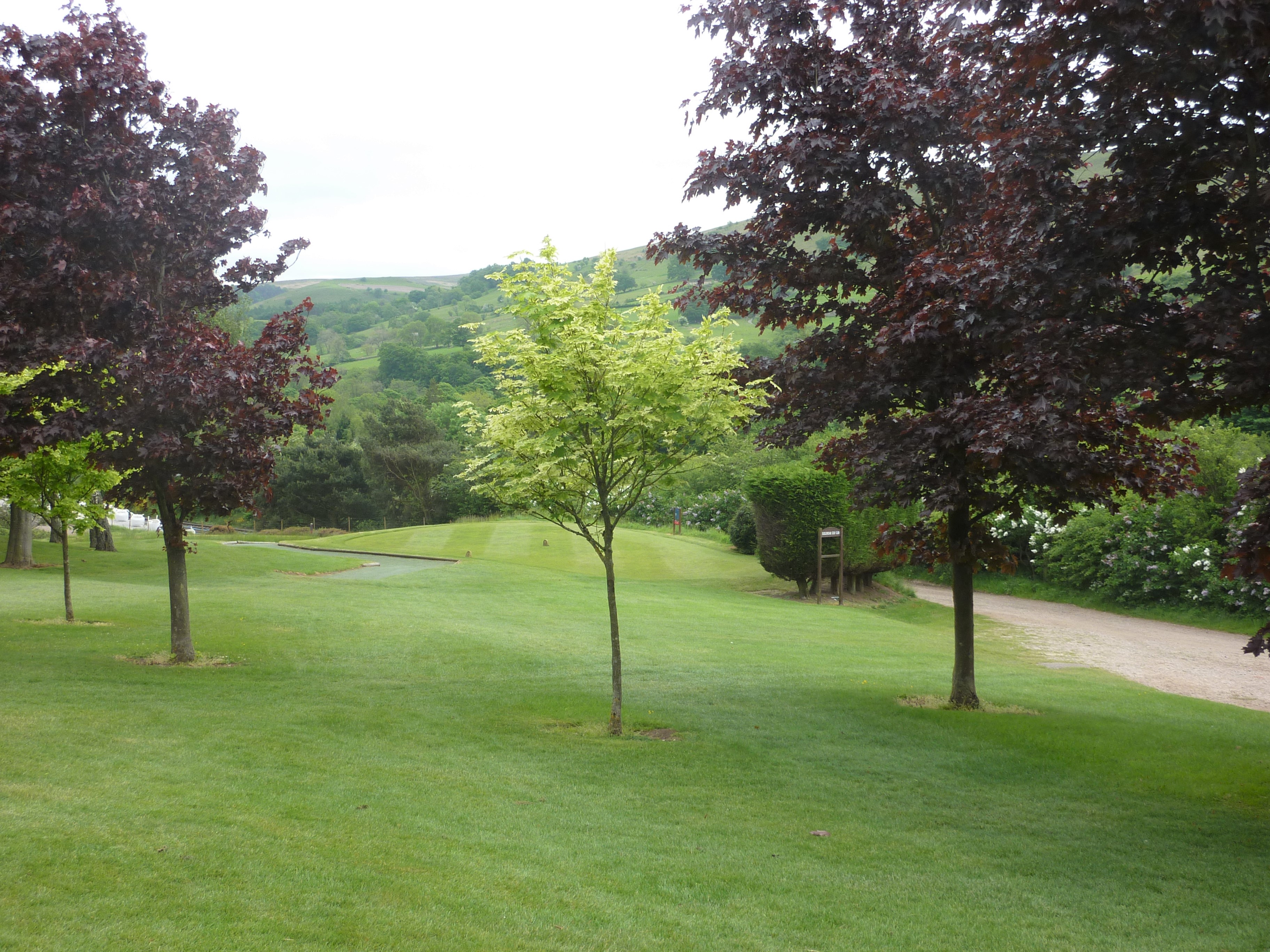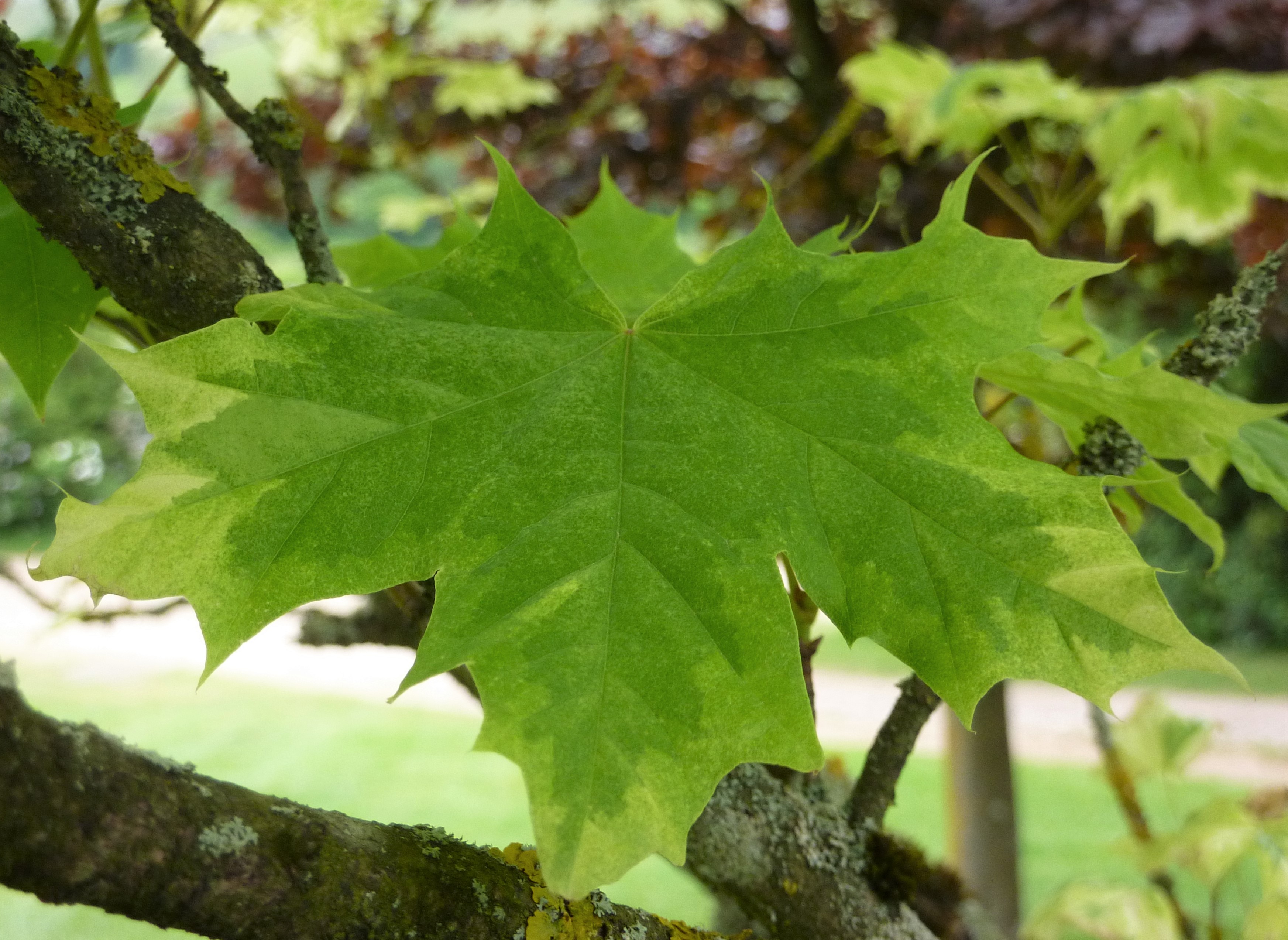Sickleholme Nature Notes
With so much attention given to the new plantings around the course, I was determined to use May to look at some of our existing trees. Many are not only very wildlife accommodating but provide a definite aesthetic quality. I have twice written about our Whitebeams, particularly those behind the 7th green, and all looked glorious during the month as did the Maple trees between the 4th green and 5th tee – see this month’s photo images. Patrick tells me that the smaller ones were planted some 20 years back but that their “dwarf” appearance is due to shallow rooting in poor soil. Nevertheless, they look impressive and appear to be Norway Maple with the two-tone leaves suggesting drummondi. If you know better, then do please let me know!
Elsewhere, many wildflowers have added interest and colour with a patch by the 9th tee revealing Ragged Robin (a personal favourite), Red Campion, Bladder Campion, Red Clover and a mass of Bluebells close by. Dropping down from the 13th tee there is a nice patch of Yellow Archangel, tiny violets and Germander Speedwell are in many parts of the course and Yellow Flag (aka Yellow Iris) are obvious in the brook and the pond.
I did wonder how some of our breeding birds would be affected by the removal of the railway hedge where two or three pairs of Willow Warblers have nested in recent years. Interestingly, the birds seem to have been very adaptable, in that one pair is now on the other side of the railway line whilst two other males have been singing at the top of the course where I have not heard the species in the past. I will try to provide a wider view of breeding species next month, including an update on the nest boxes, and the possibility that we now have Buzzards actually nesting on site. Michael Allen mentioned a singing Skylark on the fringes of the course mid-month; a reasonably common bird in suitable habitats but not a regular sighting at Sickleholme.
In general butterflies have been scarce in cooler and windy conditions. Trevor Hoyland and I first noticed young Rabbits on the 17th of the month and evidence of more soon became apparent in and around the bunkers. Matt and his team are very supportive of our wildlife but would happily settle for less Pheasants and Rabbits!
Bryan Barnacle



